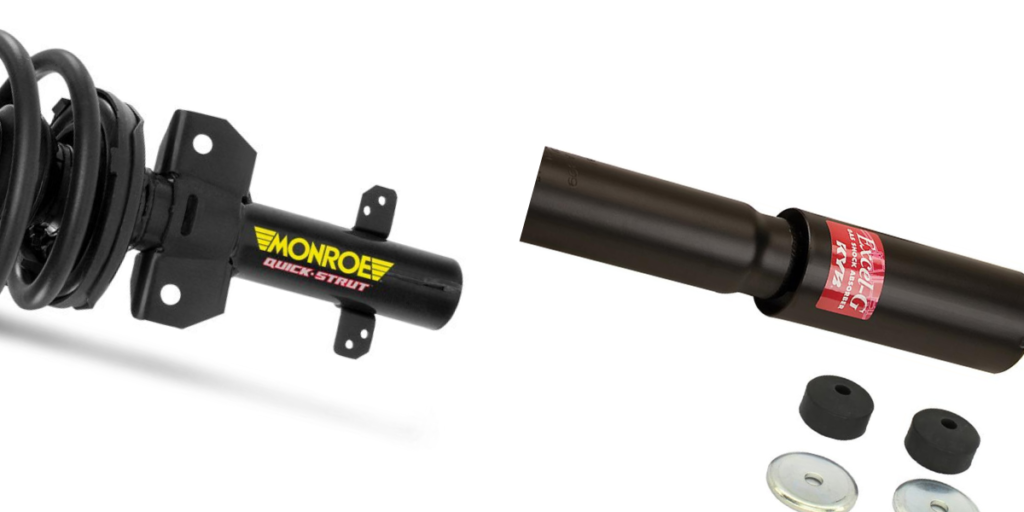If you choose to apply underbody sealant solution on a new automobile in the underbody, it should prevent rust. It could be rubbed on or sprayed with pressure.
Where Should Underbody Sealant Be Used?
If there is indeed a significant amount of rust, putting a sealant will increase corrosion instead of shielding the underbody from it because corrosion would grow unnoticed and unregulated behind the protective coating.
Inspect the automobile’s underside by raising it safely on jacks or axle supports. Do not try to seal if the flooring and the interiors of the front and rear flaps have already rusted. Here’s a guide for you if your floor jack cannot hold the pressure.
Only if the automobile’s underside is fully clean can a sealant be effective. Clean it well with hot water, including a tiny quantity of soap, but then when dry, use a firm toothbrush to add a unique engine-cleaning solution. To clean the residues, use a sprayer.
Whenever the underbody is dried, use a clean towel dampened with white spirit to remove any leftover layer of dust, grease, or grime.
After cleansing, use a specific rust exfoliator to address any minor patches of rust. When it’s completely dry, add a layer of pure zinc varnish or rust preventative.
Prior to you actually deciding to apply the underbody sealant, areas of components connected to or traveling below the underbody, including the exhaust system, hydraulic lines, and moving elements of the brake and suspension systems, must be masked.
Sealants are harder to eliminate from your body since they are adhesive. Use old clothes that may be discarded later and a headscarf, safety eyewear, and rubber gloves.
To collect dripping, wrap your working surface, such as for a concrete road, with old newsprint, an old dusty cloth, or plastic.
Putting on the sealant
Mix the sealant according to the directions on the package. Simply apply the sealant underneath the floor space according to the manufacturer’s directions, beginning around one end of the automobile and working your way to another.
Apply liberally, covering all uncovered areas. Work in parts, and use a torch to ensure that each piece is thoroughly coated before moving on.
Begin in front with the most challenging sections, the upper front, and top back angles, while covering the wings. Use a flashlight to ensure that all these places are thoroughly sealed.
Cover the remainder of the underwing sections, paying special attention to the wheel-arch border. Front flaps with an integrated plastic underwing do not require treatment.
So when sealant has cured, eliminate all of the covering, including the tapes protecting the drainage holes.
If you unintentionally apply a sealant to the paintwork, use white spirit to remove it while it’s still wet. It is always good to think about eliminating rust before painting a car.
Repairing uncoated surfaces
Fresh, unprotected pieces should really be coated with sealant as soon as feasible after being attached to a sealed undercarriage.
If feasible, apply the same kind of sealant previously used. Mastic-based coatings are not usually interchangeable with factory-applied undercarriage sealants.
The rusting guarantee may be voided if you repair the sealing layer using a non-car manufacturer-approved substance.
Using a serrated knife, peel off any cracked or peeling sealant. Earn your way around the space until you find a sensible portion. Clean any dust from the metal using a hard brush, then treat any rust areas with a corrosion inhibitor.
Scrub the area thoroughly with a dampened cloth dipped in white spirit. Before putting the sealant, cover any neighboring mechanical components or parts that heat up.
Sealant in a spray can is convenient for minor repairs.
Getting the vehicle ready
Parts that become heated or have mechanical aspects should not have sealant applied to them. To preserve them, wrap them in newsprint, brown paper, chipboard, and old clothes and secure them with sticky tape.
Big pieces, such as the engines, transmission, and back axles, are simple to avoid and do not require masking—wrap cardboard over smaller transmission components like the propellers and crankshaft.
Start by removing the tires and tape newsprint over the swivels and any oil nips wherever sealant is placed near the frame. Wrap cloth around the steering system’s ball bearings.
Wrap the coils and flexible absorbers with cardboard. Use newsprint or old clothes to cover the leaf springs and valve damper. Tie cardboard and newsprint around the exhaust system as well.
Sealant should not be used on any braking lines. It inhibits complete rust examination of the pipes, and if the sealant is breached, local deterioration is expedited.
Don’t really coat the brake connection; instead, cover the wires firmly with brown paper and hide the swivels.
When operating within the wings, wrap an old towel or trash bag over the drum system and suspension rods.
Mask the backs of any lights, such as headlights, sidelights, side markers, and direction indicators, with the wings.
Mask the rear ends of many lamps, such as headlamps, windowsills, side reflectors, and directional indicators, with the flaps.
No places utilized as anchoring points should be sealed. Wrap over the whole box-section draining holes to keep sealant from clogging them.
FAQs
How should an automobile be properly undersealed?
Begin by filling up any gaps to ensure enough protection, then spray the underseal to the remainder of the wheel arch. Make careful to spray underneath the arch’s border. Wipe away any spatter that gets on the exterior paintwork right away. Continue moving the container to get the greatest atomization.
Is it possible to underseal over rust?
To be clear, applying an underbody sealant over existing corrosion will not eliminate it. I would advise against doing so if you intend to maintain the vehicle for an extended period.
It will simply conceal it until the rust begins to show through. However, you could still use and look for the best rust converter for your car
Sources:





